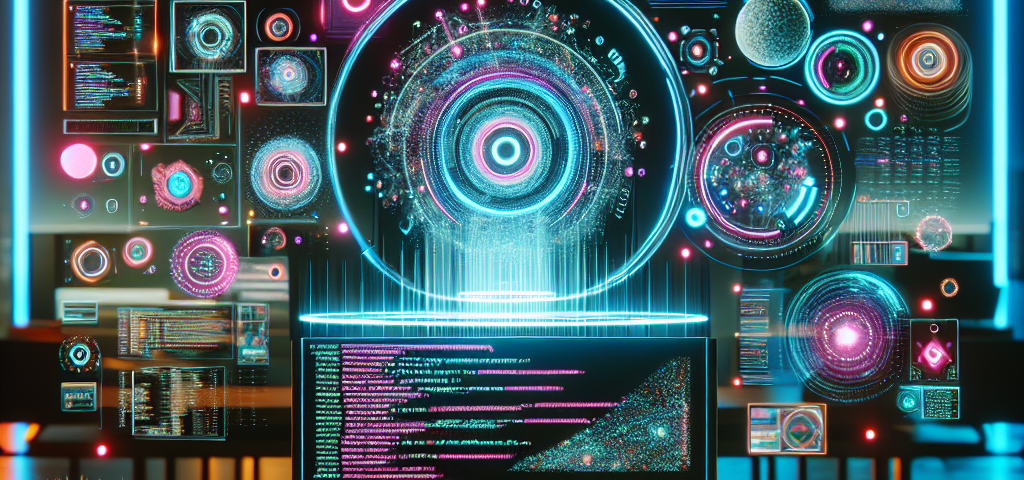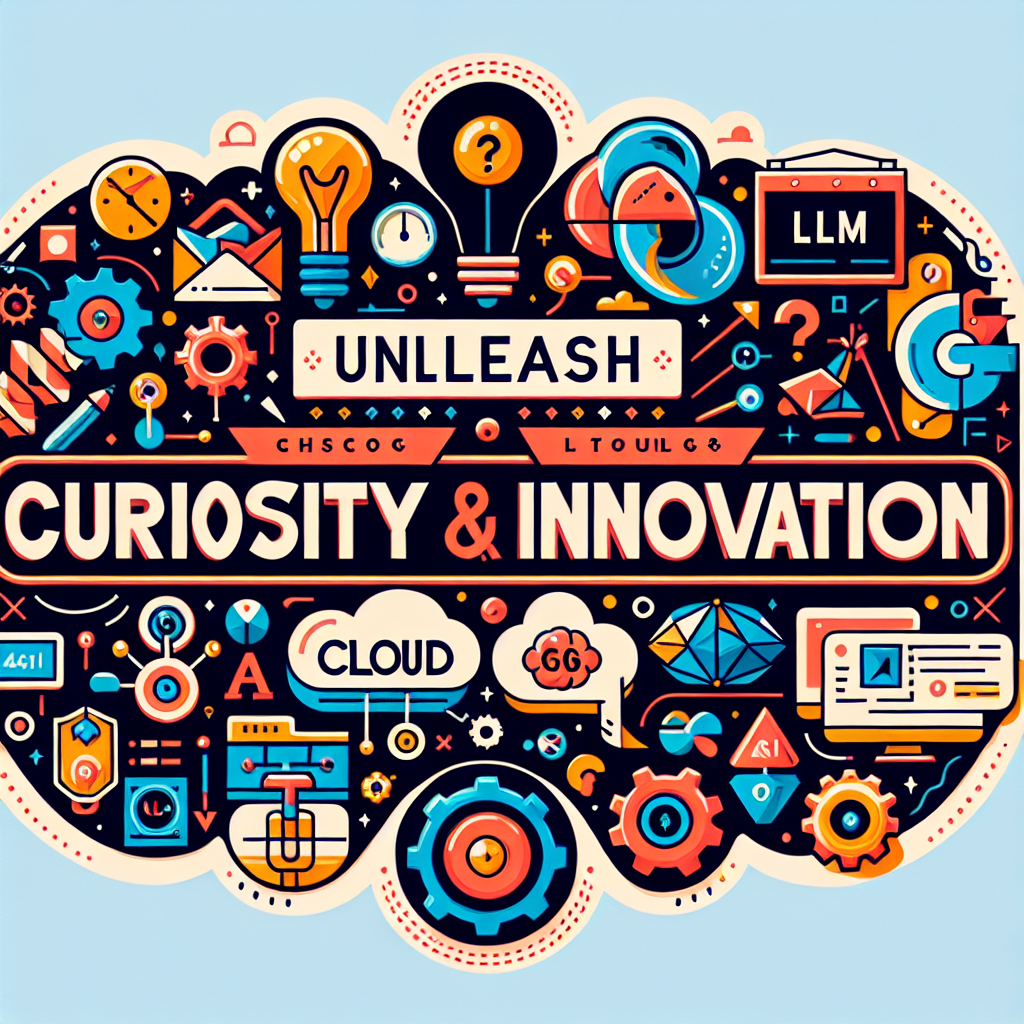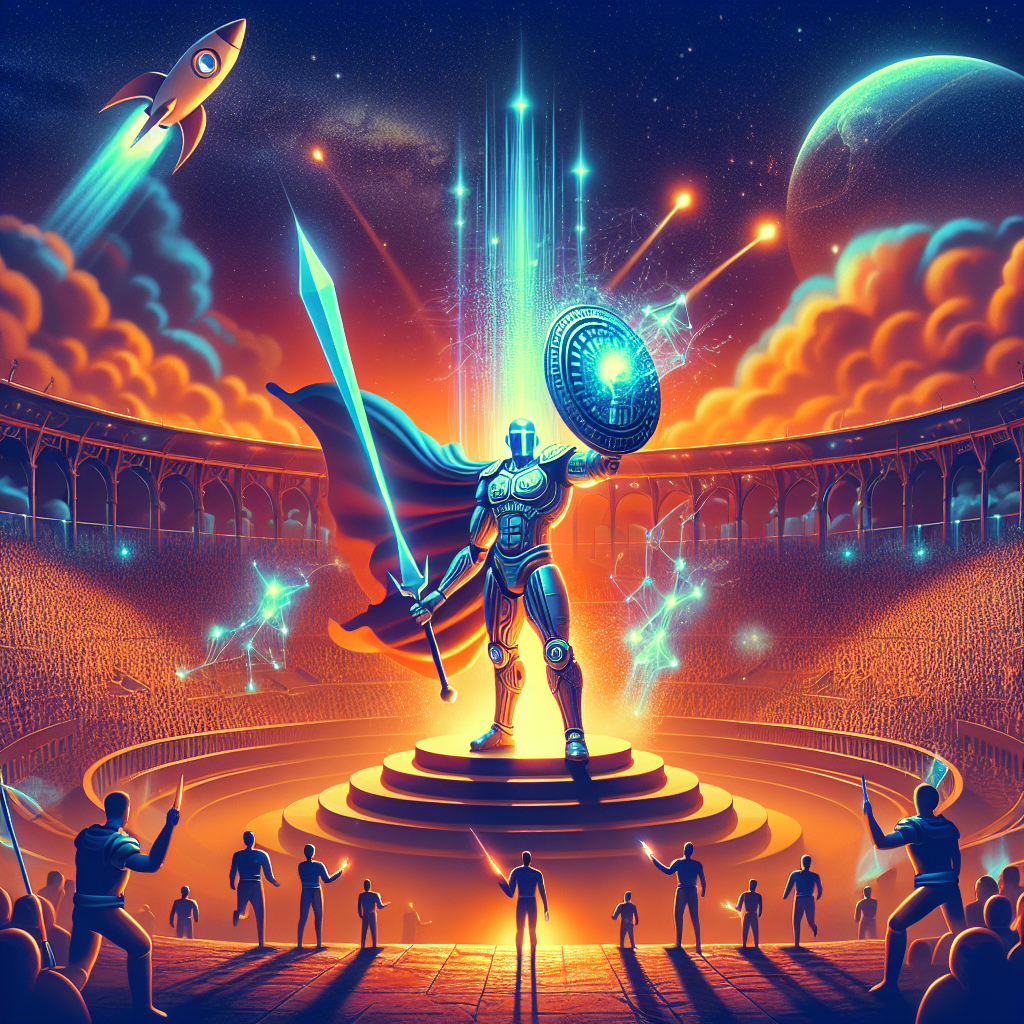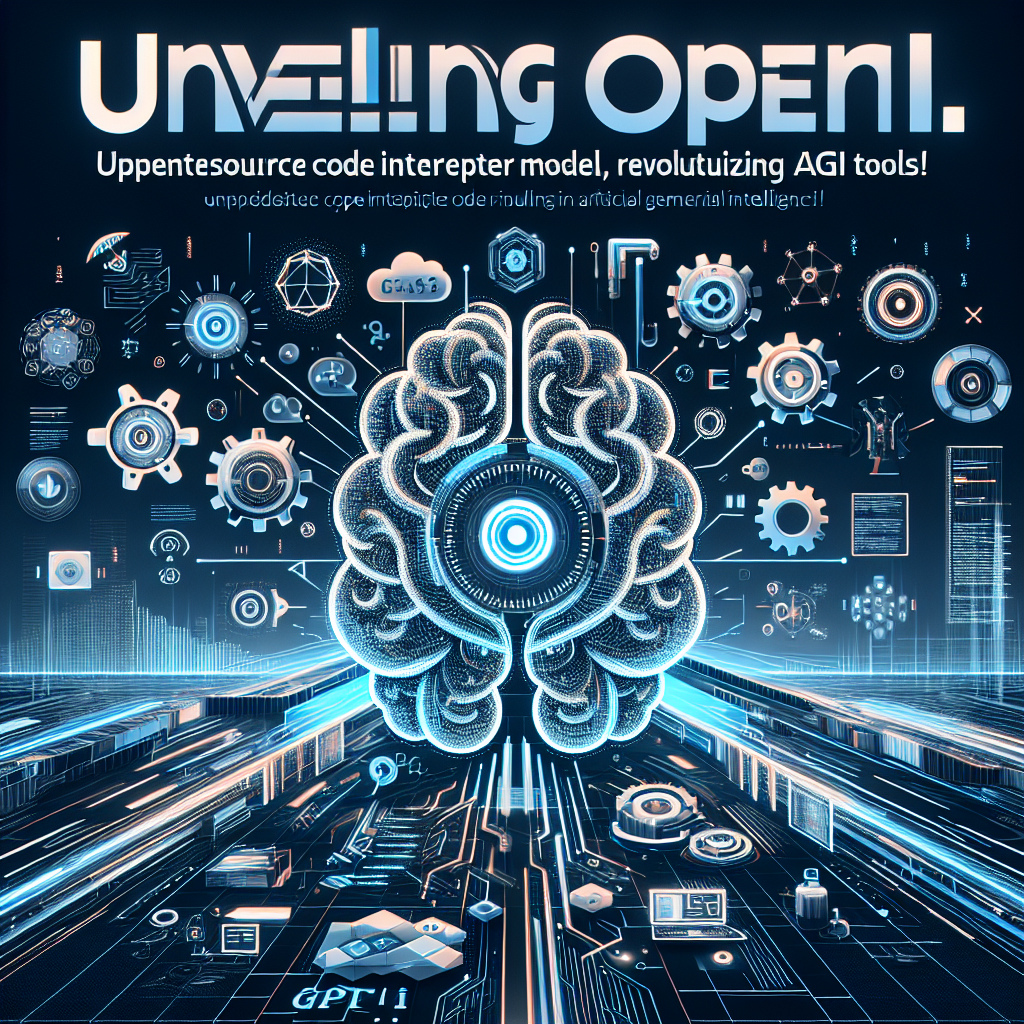Text-to-Video Models: A Game-Changer in AI Technology
Almost a year ago, text-to-video models were considered state-of-the-art. However, a new model called Sora, developed by OpenAI, has taken text-to-video generation to a whole new level. In this article, we will explore the capabilities of Sora and its potential impact on video content creation.
The Power of Sora: Generating Realistic Videos from Text
Sora, developed by OpenAI, is a groundbreaking model that can generate videos from a single text prompt. The level of detail and coherence in these generated videos is truly impressive. In fact, it is often difficult to distinguish between AI-generated videos and real videos when viewing examples on the OpenAI website.
One of the key advantages of Sora is its ability to create videos up to 1 minute long, unlike most other offerings in the market that can only generate a few seconds of video. The generated videos exhibit realistic details, such as reflections and people moving within the scene.
Furthermore, Sora can create videos with different angles and movements, making it a versatile tool for various applications. For instance, it can generate videos that resemble game footage or 3D animations, all from a single text prompt.
Understanding the Model: Training and Capabilities
In a research article titled “Video Generation Models as World Simulators,” OpenAI provides insights into the training and capabilities of the Sora model. The model is trained using text conditional diffusion models on videos and images of varying duration, resolutions, and aspect ratios.
The video Transformer architecture employed by Sora operates on space-time patches of video and image latent codes. According to the research blog post, longer training durations result in better video generation results. OpenAI demonstrates this by comparing the base model with versions trained for four and sixteen times the compute, showcasing significant improvements in quality.
To train the model, OpenAI follows a similar approach used for training DALL-E models, creating captions for different videos in the training dataset. This text description serves as the basis for generating videos from text prompts.
Expanding Capabilities: Animation, Video Editing, and Image Generation
Sora’s capabilities extend beyond simple text-to-video generation. The model can also animate images based on text prompts, allowing for creative transformations of static images. Examples include animating clouds with text appearing within them.
Sora can also extend generated videos in either the forward or backward direction in time. This means that longer videos can be created, surpassing the initial 1-minute limit demonstrated earlier. OpenAI showcases examples of videos that were extended backward in time, starting from a segment of generated video, resulting in different starting points but converging to the same ending.
Additionally, Sora enables video-to-video editing, allowing users to seamlessly transition between different videos with varying subjects, scenes, and compositions. The model can also connect videos, smoothly interpolating between two input videos to create a cohesive transition. For example, a drone footage can be combined with footage of a butterfly, seamlessly transitioning from one to the other.
Simulating Real-World Phenomena: Emerging Capabilities
OpenAI has observed that Sora exhibits emerging simulation capabilities due to the vast amount of training data used. The model seems to have learned certain behaviors of physical objects, people, and environments. These capabilities enable Sora to simulate aspects of people, animals, and environments without any explicit inductive bias for 3D objects. These properties emerge purely as a result of the model’s exposure to a wide range of videos.
As a result, distinguishing between AI-generated content and real videos becomes increasingly challenging with models like Sora. While the model is not perfect and can still produce artifacts or unrealistic results, OpenAI is continuously working on improving its performance and addressing these issues in future iterations.
Concerns and Future Developments
It is important to note that Sora is not currently available to the public. OpenAI is taking precautions by subjecting the model and its outputs to rigorous testing and evaluation before making it widely accessible. The potential for harm or misinformation is a significant concern, particularly if AI-generated videos are indistinguishable from real videos.
OpenAI is actively seeking feedback from external sources and sharing their research progress to ensure responsible development and usage of AI capabilities. They are also exploring the integration of metadata in generated videos to facilitate identification and verification of AI-generated content.
While Sora’s release date remains uncertain, it is clear that AI technology is rapidly advancing, blurring the lines between real and AI-generated content. As consumers, it is crucial to approach online content with caution and critical thinking.
For more information and examples of Sora’s capabilities, please refer to the videos linked in the video description. Stay informed and be vigilant in an era where AI capabilities are on the horizon.
Thank you for reading, and as always, stay tuned for more informative content.




